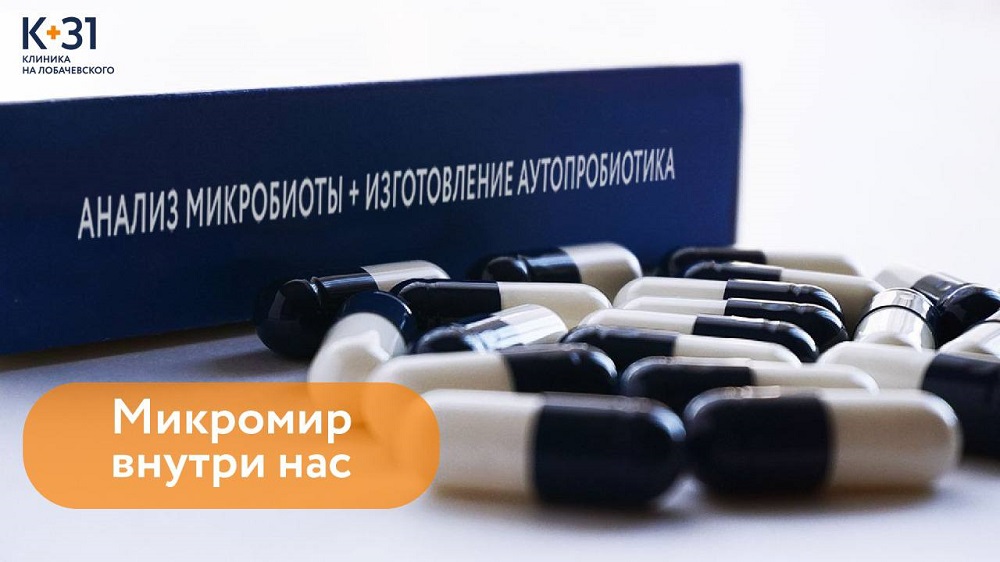Microbiota research and probiotic manufacturing at K+31

Over 700 species of bacteria live on the mucous membranes in the oral cavity. There are several hundred species on the skin, and up to 1000 in the gastrointestinal tract.
But not all bacteria are created equal. For example, E. coli, which has various pathogenicity factors and toxins, can lead to indigestion. To prevent this from happening, its numbers are controlled by our defenders - beneficial bacteria. They live and multiply in our gastrointestinal tract, and can also come from outside with fermented foods (sauerkraut and sour milk products).
But sometimes beneficial bacteria die (for example, when taking antibiotics) or when eating, with a lack of dietary fiber. Probiotics come to the rescue - preparations containing beneficial bacteria. But there is a very important point here, not all bacteria will be able to integrate into biofilms that cover the surface of the intestine. For this to happen, they must be properly produced and stored, alive and in sufficient quantity. Only then will such a drug work.
That's why at K+31 we make probiotics individually, by studying the microflora of your intestines. This approach contributes to increased efficiency and avoids possible side effects observed when taking "industrial" probiotics.
When to take probiotics:
- When taking medications, especially antibiotics.
- With gastritis and peptic ulcer.
- With irritable bowel syndrome and digestive disorders.
- With diabetes mellitus and other metabolic disorders.
- For bacterial infections in children.
- For skin diseases.
- For the prevention of seasonal dysbiosis.
- To populate the normoflora of the female UGT.
We thank Natalya Leonidovna Shidlovskaya, executive director of laboratory projects K+31, for the comments.
